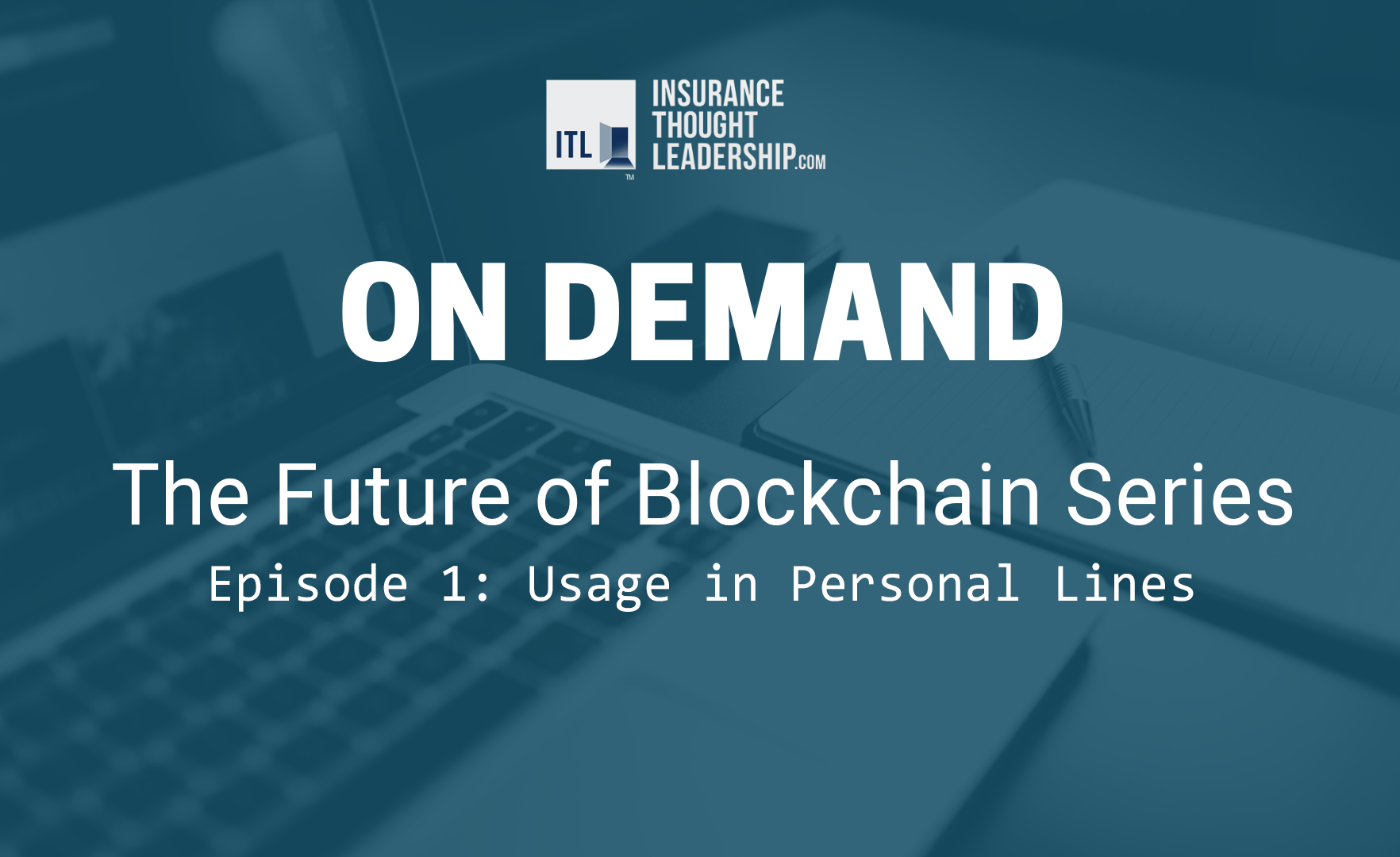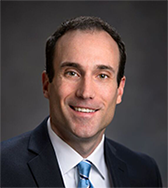There is an ever-growing push for the insurance industry to modernize, and today’s carriers are looking to find more innovative ways to do business. As an insurtech founder, you are the innovator. The products that insurtech startups offer are becoming highly sought-after by carriers, private equity firms, investors and incumbents alike. So how can you take advantage of this unique position and move your company toward an acquisition opportunity?
As co-founder and CEO of Limelight Health, an insurtech startup offering core system sales, rating and underwriting SaaS solutions for group insurance carriers, I grew our company to eventually be acquired by FINEOS, the global market leader in core systems for life, accident and health insurance. If you’re looking to do the same, here are three key lessons I learned along the way to help increase your company’s chances of being acquired.
1. Know Where You’re Going but Remain Flexible
Early on, I wish we’d had more clarity on the Limelight Health strategy and the goals we were working toward. In hindsight, I would have spent more time building out our strategy and developing a clear vision before we did anything else. But what we did well was pivot and adjust as we learned. As Mike Tyson said, "Everybody has a plan until they get punched in the mouth."
Your journey toward acquisition will be much smoother if you know where you’re headed from the beginning. But even with this goal in mind, you shouldn’t necessarily grow your company simply for the purpose of being acquired. You should aim to grow your company to be a strong, solid business regardless of what may happen in the future.
Focus on increasing your revenue, developing your tech stack and bringing on a stellar team to help build your company for the long term. This way, your company will thrive whether you get acquired, go public or continue as a growing and sustainable business.
2. Build Relationships
Taking the time to make sure you’re aware of what’s going on in the market, and meeting other players in the space can be a game changer for your company. And this should include your competitors.
Oftentimes people shy away from knowing their competitors, connecting or partnering with them. But the majority of the time, it will be a competitor that eventually acquires you. If you don’t know who they are (and vice versa) and haven’t built a relationship there, you could miss out on a great opportunity.
See also: How AI Powers Customer Contacts
By constantly building relationships in your market, you will greatly increase your chances of being acquired. You never know where a new connection could lead you, so start reaching out and working on those relationships early on. If you look back to the late '90s, when Steve Jobs came back to take over Apple and the company was in big trouble, it was Microsoft, Apple's biggest competitor, that sent the company a $150 million lifeline.
3. Identify Strengths and Weaknesses
The earlier you can begin to identify which areas your company excels in and which may need some extra attention, the better off you’ll be. By playing to your strengths and improving weak areas, you’ll build a more solid company all around, making you a more appealing candidate for acquisition.
Have conversations with analyst firms, M&A banks, investors, partners and competitors early on, and ask for their feedback on what your company’s strengths and weaknesses may be. Get their input on how you can strategically move your business forward with this knowledge, and strengthen your position in the market.
Just as important as knowing your own strengths and weaknesses is knowing those of your competitors. Remember when I said you need to know your competitors? This is a big part of the reason why. If your company has a strong point in an area of weakness for a competitor, you can use this to leverage your business as the most appealing option in your space for M&A opportunities. Or, if a competitor is acquiring you, knowing their weak points will help you make a solid case for why they need your company to strengthen their own.
See also: Innovation Comes to Risk Engineering
A Few Tips for Approaching the Acquisition Phase
So you’ve worked through all of the points above and have built a strong and profitable business. You’re about to begin the early phases of having your business acquired by a solid prospect. Now what?
As you move toward closing the acquisition deal, here are a few tips on how to lead your company through the process.
- Don’t underestimate the amount of work and distraction the acquisition process will bring to focusing on business operations.
- Only bring appropriate staff into the acquisition conversation as needed until you’re certain you have a deal.
- Once you know the deal is done, develop a clear transition plan with your team and take the time to listen to how your employees are feeling. At Limelight Health, one effort we are doing along these lines is hosting a virtual benefit concert to “sunset” our brand and commemorate what we’ve built together.

































